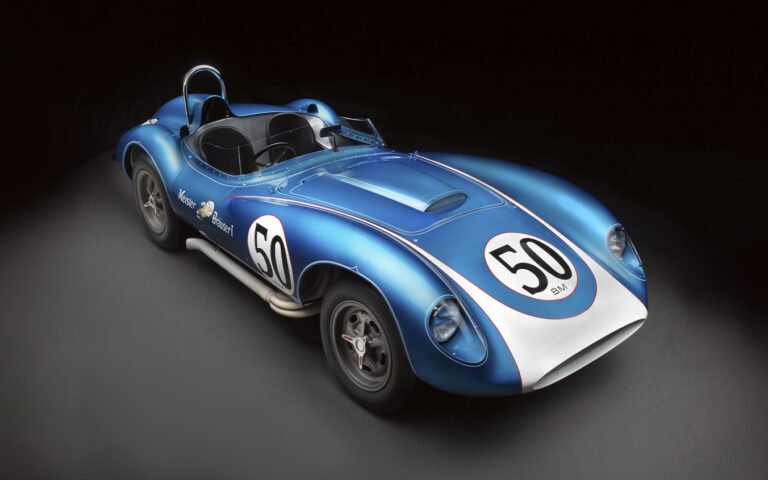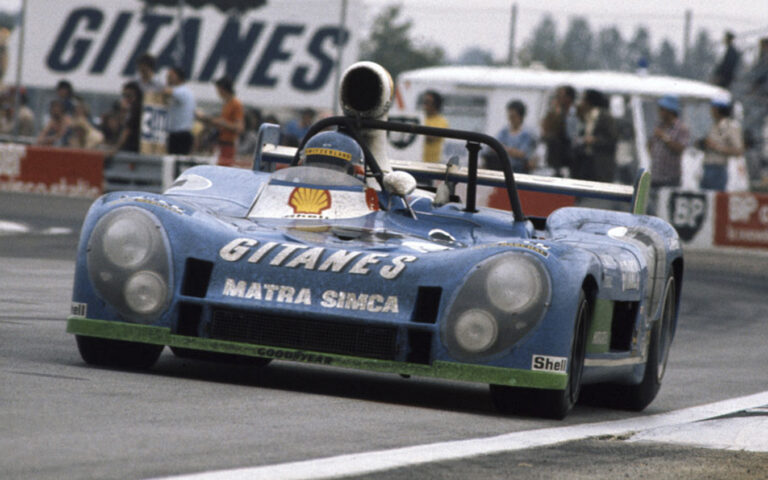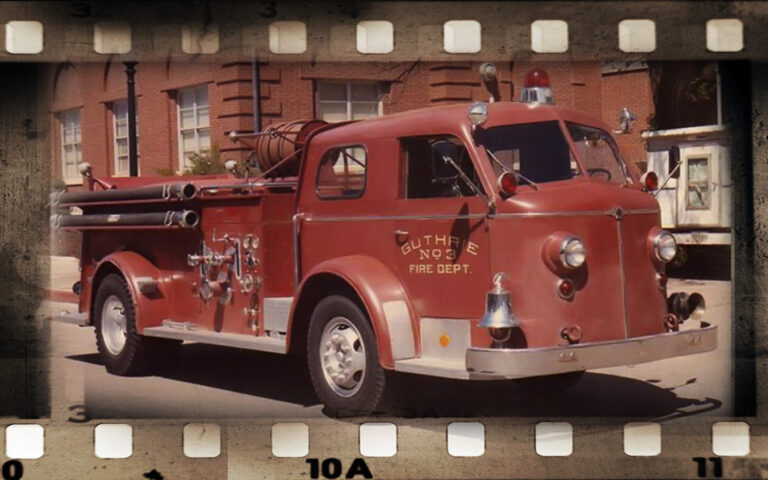Scarab. The Rarest Brands in the Top 100 Collections
31 March 2023 2 min read 5 images

The history of American motoring, which for decades looked to Europe as its role model, was significantly influenced by Lance Reventlow. In 1958, at the young age of 22, Reventlow, the son of one of the wealthiest women in the world and heiress to the Woolworth retail estate, Barbara Hutton, decided to create a sports car of his own in strictly American blue and white colours to rival Ferrari, Jaguar, Aston Martin, and Porsche.
Register to unlock this article
Signing up is free and gives you access to hundreds of articles and additional benefits. See what’s included in your free membership. See what's included in your free membership.
Already have an account? Log In

